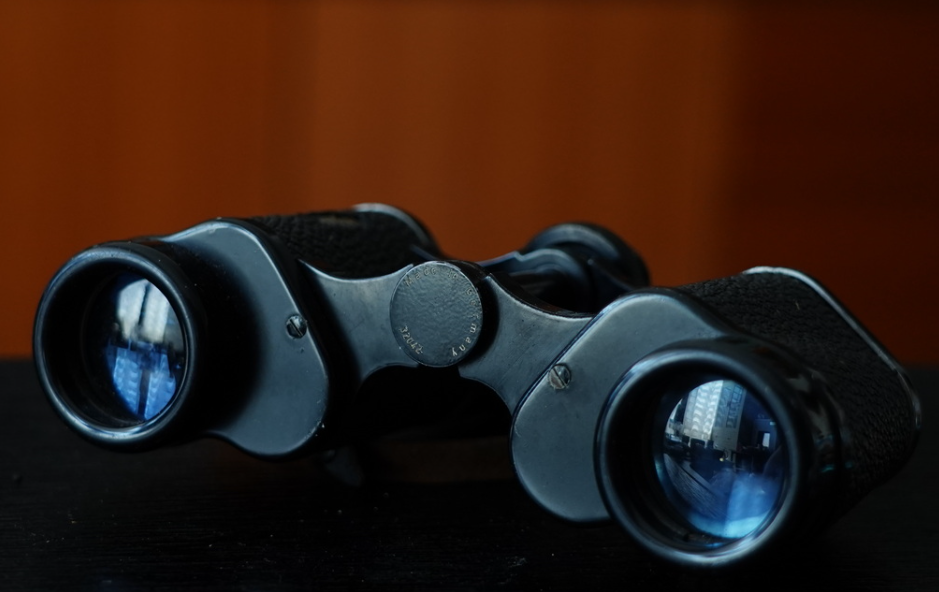How far a 10x telescope can see depends mainly on your eyes, not the telescope itself. The function of a telescope is to magnify the image of the target without distinction. For example, a person 100 meters away from you will look as big and clear as 10 meters away from you through a telescope with a 10x magnification. The specifications of a telescope, such as 10x50, indicate a magnification of 10 times and an objective lens diameter of 50mm. These parameters determine the magnification ability, light intake, and volume portability of the telescope. Specifically: 12
The magnification is inversely proportional to the width of the field of view, that is, the greater the magnification, the smaller the field of view, which is not conducive to rapid search of the target.
The larger the diameter of the objective lens, the more light enters, and the stronger the resolution ability in low light, but this also means that the volume of the telescope will increase, which is not conducive to carrying.
For a telescope specification such as 10x50, the "10x50" means that the magnification is 10 times and the objective lens diameter is 50mm. When this telescope is used handheld, the 10x magnification provides a better sense of close-up, but it shakes more when used handheld, and the stability and comfort are not as good as telescopes with lower magnifications. When used on a stand, 10x50 can see more details than 8x40 because the 10x magnification provides a better close-up effect.
In general, the "how far" a telescope can see depends mainly on the user's visual ability and usage conditions (such as whether it is stable with a stand), rather than the specifications of the telescope itself. Choosing the appropriate telescope specifications (such as magnification and objective lens diameter) depends on the specific usage scenario and needs.



